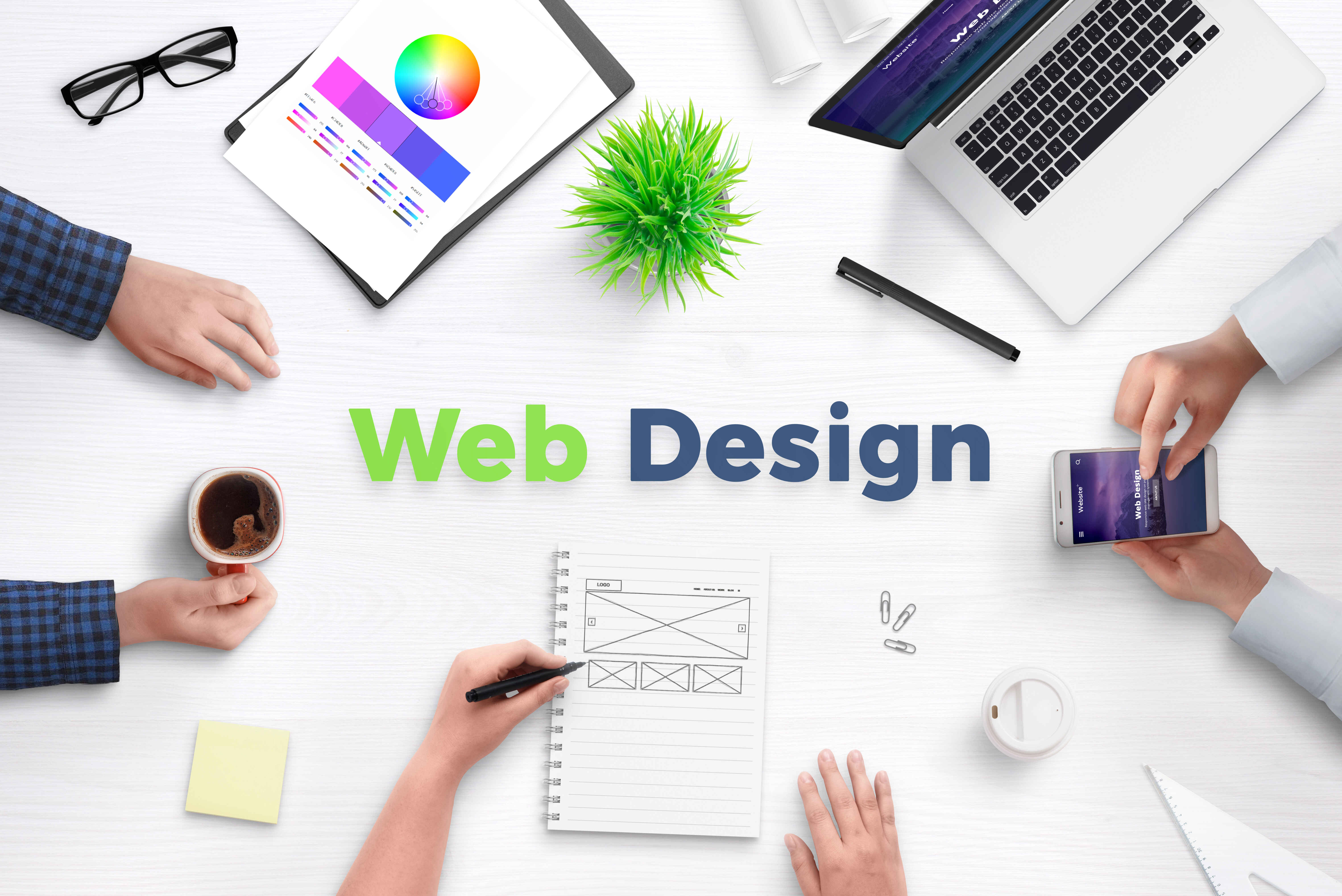Web Design Trends to Watch: How to Stay Ahead in the Digital World
Web Design Trends to Watch: How to Stay Ahead in the Digital World
Blog Article
Recognizing Individual Experience: Trick Concepts for Effective Website Design
In the realm of internet design, understanding individual experience (UX) is paramount to creating platforms that not just attract however also preserve individuals. Key principles such as instinctive navigating and reliable comments systems play vital duties in cultivating individual complete satisfaction. In addition, considerations for ease of access ensure that all individuals can involve with the material flawlessly. The nuances of aesthetic design and the relevance of iterative testing usually remain neglected. As we discover these foundational components, it comes to be evident that understanding UX is not just a choice however a requirement for success. What are the ramifications of disregarding these concepts?
Value of Individual Experience

In the world of website design, one can not undervalue the value of individual experience (UX) as a pivotal aspect that straight influences the success of an internet site. A favorable UX not just boosts user fulfillment however likewise cultivates loyalty, motivating repeat visits and communications. When individuals come across a instinctive and interesting interface, they are extra most likely to explore the content, transform right into consumers, or share their experiences with others. This organic promotion can dramatically intensify a brand name's reach and presence.
It includes the total capability of a web site, guaranteeing that navigating is smooth and details is conveniently accessible. Websites that focus on UX are commonly viewed as even more reliable and trustworthy, which can have a profound impact on conversion prices.
Eventually, spending in user experience is not just a style selection; it is a tactical choice that can distinguish a brand name in a crowded industry. By focusing on UX, companies can develop meaningful interactions that reverberate with users, leading the method for sustained success in the electronic landscape.
Functionality Principles
Effective web design rests on the application of crucial functionality principles that make sure a web site is both straightforward and practical. Central to these principles is the principle of intuitiveness, where individuals can browse the site effortlessly without substantial direction. Clear navigation frameworks, including consistent designs and well-labeled menus, improve this intuitive experience, allowing customers to situate info promptly.

Uniformity is equally essential; preserving uniformity in style components, terminology, and treatments throughout the website assists to lessen complication. Individuals must not have to relearn exactly how to connect with various sections of the site.
Furthermore, mistake prevention and recovery are necessary for functionality. Internet sites should be developed to reduce the opportunity of user mistakes, and when mistakes take place, constructive and clear mistake messages need to assist individuals towards resolution.
Ease Of Access Factors To Consider
Guaranteeing ease of access in internet style is vital for creating comprehensive electronic experiences that satisfy all individuals, including those with disabilities. Ease of access considerations involve making websites that suit diverse needs, making it possible for individuals with aesthetic, auditory, cognitive, or electric motor problems to navigate and engage successfully.
To accomplish this, internet developers should abide by developed guidelines, such as the Internet Material Availability Guidelines (WCAG) These guidelines offer a framework for making material perceivable, operable, understandable, and robust. Trick methods consist of making certain enough shade comparison, giving message choices for non-text content, and making sure keyboard navigability.
In addition, semantic HTML needs to be utilized to boost display visitor compatibility, permitting users with aesthetic problems to comprehend the structure and significance of content intuitively. web design. Supplying clear, succinct directions and utilizing simple language can further boost functionality for individuals with cognitive handicaps
Normal accessibility screening, entailing genuine customers with impairments, is vital to identify barriers and improve the user experience. By focusing on availability, web developers not just adhere to legal requirements but additionally cultivate a more fair electronic landscape, inevitably benefiting everybody through improved functionality and engagement.
Visual Style Aspects
A myriad of aesthetic style components plays a vital duty fit customer perceptions and experiences on a web site. These components consist of shade schemes, typography, imagery, whitespace, and design, each contributing to the total visual allure and efficiency of a site.

Color design stimulate feelings and can influence user activities; as an example, cozy colors might produce a sense of seriousness, while awesome colors often promote calmness. Typography, on the various other hand, impacts readability and can establish a brand's individuality - web design. The selection of font design next and size need to straighten Visit This Link with the internet site's objectives and target audience
Imagery, including photos and icons, improves storytelling and can substantially impact customer involvement. High-grade visuals create a feeling of professionalism, while poor-quality photos may interfere with the customer experience.
Format and whitespace are similarly important, as they direct customers through the material. A well-structured format aids users discover info promptly, while sufficient whitespace prevents mess, promoting a much more delightful searching experience.

Testing and Model
Individual screening and iteration are basic parts of a successful website design process. These methods make it possible for designers to collect beneficial feedback from real individuals, making sure that the final product fulfills their needs and assumptions. User screening entails observing how actual individuals connect with a site, identifying use problems, and recognizing user actions. This direct responses is important in exposing discomfort factors that may not be obvious throughout the style phase.
Iteration, on the various other hand, is the process of fine-tuning the layout based on the understandings got from user testing. By making step-by-step adjustments and re-evaluating the style, teams can enhance capability, boost aesthetic appeals, and enhance user involvement. This cyclical technique fosters a culture of continual improvement, allowing designers to adapt to user demands and arising fads effectively.
Additionally, incorporating both user screening and version into the design process brings about even more enlightened decision-making and eventually causes a more user-centered product. By welcoming these principles, internet designers can develop more intuitive, interesting, and effective experiences that reverberate with their target audience, inevitably driving higher individual complete satisfaction and retention.
Conclusion
In conclusion, individual experience is an essential component of effective website design, including use, useful reference accessibility, and visual factors to consider. Abiding by recognized concepts enhances individual complete satisfaction and involvement, cultivating an extra comprehensive on-line atmosphere. Constant testing and iteration offer as vital processes for dealing with and determining user pain factors, making sure that web styles remain versatile to evolving needs. By focusing on these components, internet designers can produce user interfaces that not just satisfy user assumptions however additionally advertise enduring links.
In the realm of internet style, understanding customer experience (UX) is critical to developing systems that not only bring in however additionally preserve individuals.In the realm of internet style, one can not ignore the significance of customer experience (UX) as an essential element that straight influences the success of a site. User screening entails observing how genuine customers engage with an internet site, determining functionality issues, and comprehending individual actions.In verdict, user experience is an essential element of effective internet layout, encompassing usability, availability, and visual considerations. Constant screening and model serve as vital processes for identifying and dealing with user pain points, making sure that web layouts continue to be adaptable to progressing needs.
Report this page